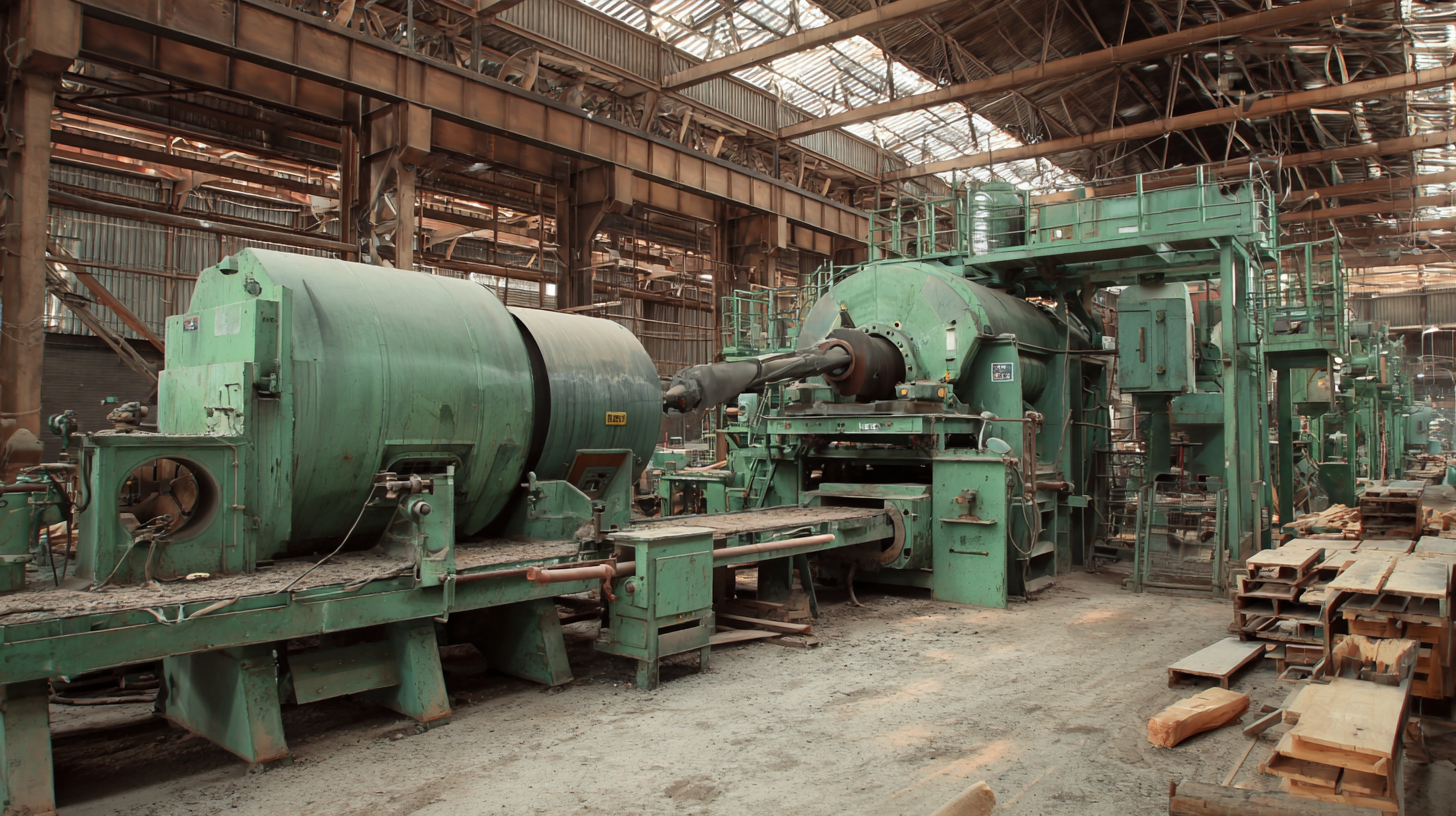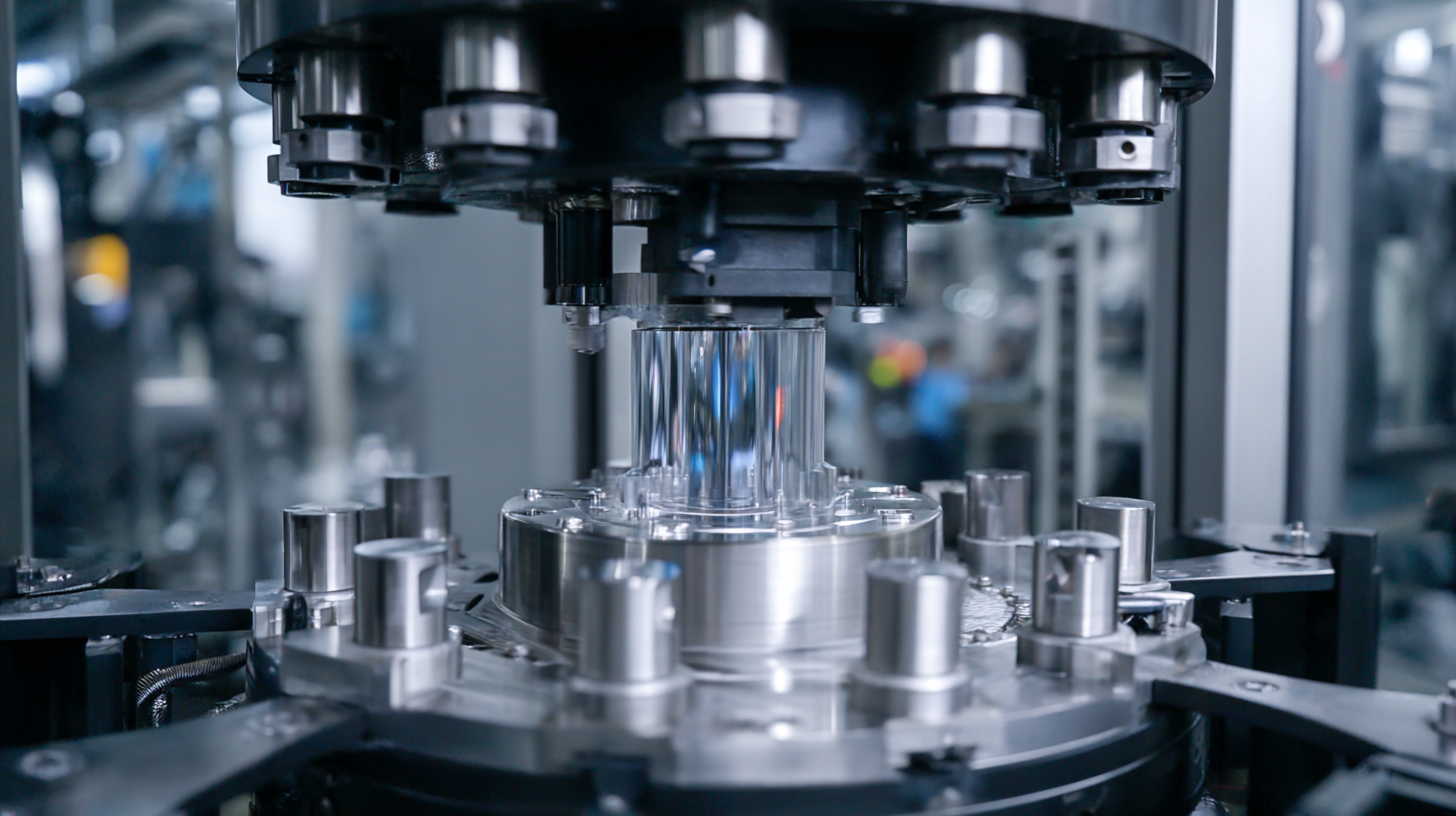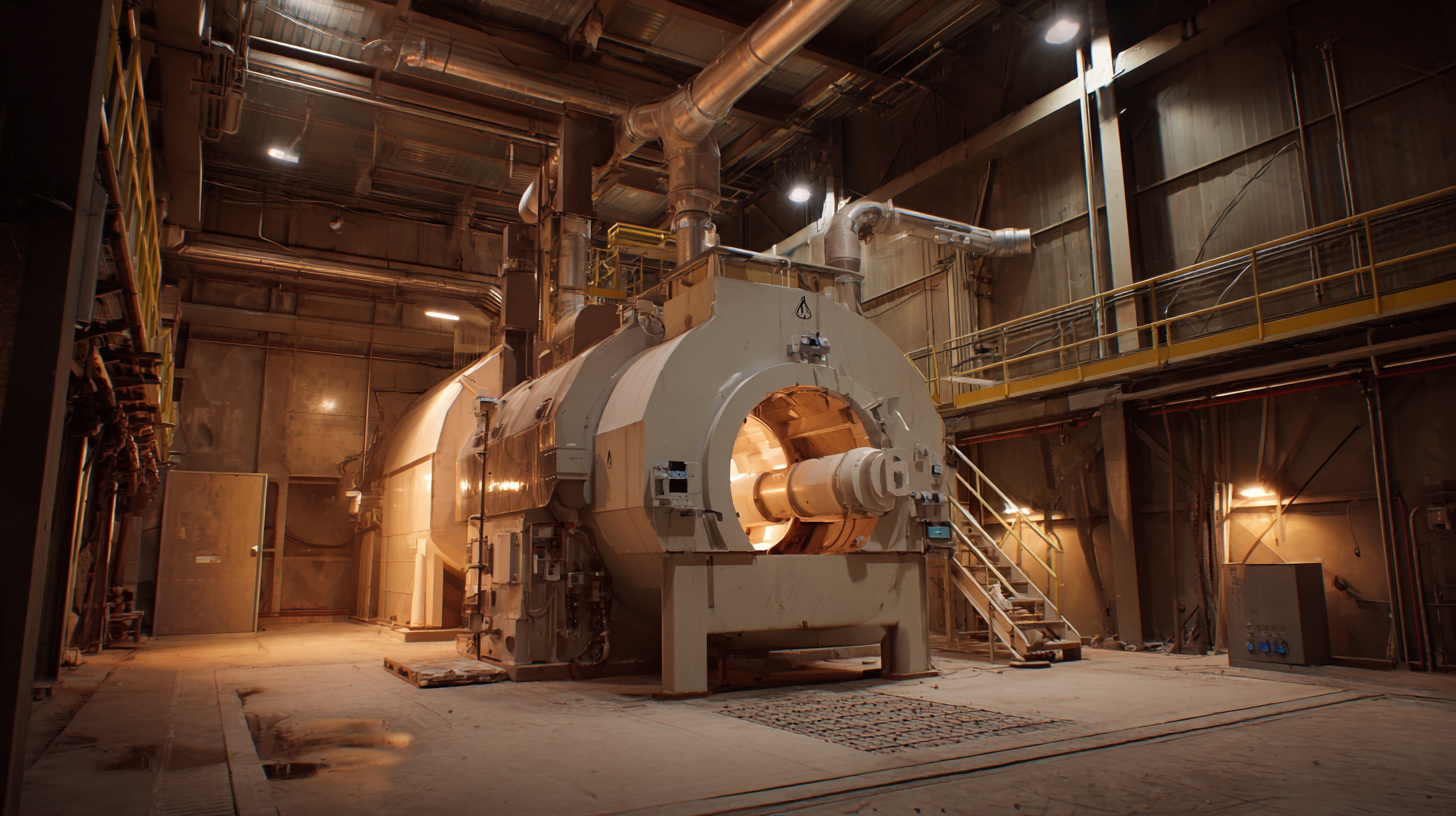How to Optimize Efficiency in Tumble Shot Blasting Machines for Superior Surface Finishing
In the competitive landscape of manufacturing and surface finishing, optimizing efficiency in
Tumble Shot Blasting Machines has become a critical focus for industry leaders.
According to a recent report by Markets and Markets, the global shot blasting equipment market is projected to reach
USD 538 million by 2025, with a significant portion of this growth
attributed to advancements in automation and efficiency of blasting techniques.
Tumble shot blasting, specifically, offers unique advantages in achieving
superior surface finishes for a variety of materials. By leveraging best practices and innovative technologies,
manufacturers can minimize downtime, reduce material waste, and enhance productivity.
This blog will explore essential strategies to maximize the performance of
Tumble Shot Blasting Machines, offering insights that can lead to tangible improvements in
operational efficiency and product quality.
The Importance of Proper Maintenance for Tumble Shot Blasting Machines
Proper maintenance of tumble shot blasting machines is crucial to achieving superior surface finishing and optimizing overall efficiency. Regular inspection and servicing can prevent major breakdowns, extending the lifespan of the equipment. It's essential to keep the machine components clean and free from any debris that might interfere with operations. Ensuring that the blasting media is of the right quality and properly sized also contributes significantly to the effectiveness of the blasting process.

Tips for maintaining your tumble shot blasting machine include performing routine checks on wear parts such as the blast wheels, screens, and liners. Look for signs of wear and replace components as needed to prevent downtime. Additionally, maintaining correct operational parameters—such as blast pressure and media flow—helps to achieve consistent results. Lastly, developing a comprehensive maintenance schedule will not only enhance performance but also improve safety and efficiency in the blasting operation.
Understanding Material Selection for Optimal Abrasive Performance
The effectiveness of tumble shot blasting machines significantly hinges on the selection of appropriate abrasives. According to a recent study by the Abrasive Blasting Manufacturers’ Alliance, the right abrasive material can enhance surface finish quality by up to 30%, emphasizing the importance of proper material selection. Commonly used abrasives include steel shot, glass beads, and aluminium oxide, each offering distinct characteristics that affect efficiency and finishing results. For instance, steel shot is known for its durability and ability to produce a smooth, uniform surface, making it ideal for heavy-duty applications, while glass beads are preferred for finishing delicate components without inducing stress on the surface.
Moreover, the granularity of the selected abrasive plays a critical role in the overall performance of the blasting process. As highlighted in the International Society for Coating and Surface Finishing, finer abrasives provide a more refined finish but may require slower processing speeds to prevent excessive heat build-up, which can damage both the abrasive and the workpiece. Conversely, coarser abrasives can enhance material removal rates but may sacrifice surface smoothness. Understanding these dynamics is vital for manufacturers looking to optimize their blasting operations and achieve superior surface finishing results.
How to Optimize Efficiency in Tumble Shot Blasting Machines for Superior Surface Finishing
| Material Type |
Abrasive Performance (Efficiency) |
Surface Finish Quality |
Hardness (Mohs Scale) |
Typical Applications |
| Steel Shots |
High |
Excellent |
7 |
Heavy machinery, Automotive parts |
| Glass Beads |
Moderate |
Very Good |
5 |
Aerospace, Electronics |
| Aluminum Oxide |
High |
Excellent |
9 |
Metal finishing, Woodworking |
| Silicon Carbide |
Very High |
Superior |
9-10 |
Glass, Ceramics |
| Plastic Media |
Low |
Good |
3-5 |
Delicate parts, Composite materials |
Maximizing Cycle Times: Strategies for Efficient Shot Blasting Operations
Maximizing cycle times in shot blasting operations is crucial for improving overall efficiency and achieving superior surface finishes. According to a recent industry report by the Association for Manufacturing Technology, facilities with optimized shot blasting processes can enhance throughput by up to 30%. Implementing automated systems that monitor and adjust the flow of abrasive materials not only minimizes downtime but also maximizes the impact of each shot, ultimately leading to a more uniform surface profile.
Another strategy involves the strategic arrangement of components within the tumbler. Research indicates that proper loading techniques can significantly reduce cycle times; for instance, arranging parts in a manner that allows for efficient coverage can improve blasting effectiveness by 20%. Additionally, utilizing high-quality abrasives can lead to a reduction in material consumption by up to 15%, presenting a double benefit of cost savings and increased production efficiency. By focusing on these strategies, manufacturers can achieve a marked improvement in both productivity and product quality in their shot blasting operations.

Effect of Blast Pressure and Angle on Surface Finish Quality
In the world of surface finishing, the optimization of blast pressure and angle in tumble shot blasting machines is crucial for achieving superior surface quality. Recent industry reports indicate that varying the blast pressure can significantly influence the intensity and effectiveness of the abrasive impact. For instance, studies have shown that increasing the blast pressure from 80 to 100 psi can enhance the surface roughness average (Ra) from 0.5 µm to approximately 0.3 µm, indicating a smoother finish. This improvement is particularly vital for components requiring high-performance standards, such as aerospace and automotive parts.
Additionally, the angle at which the abrasive hits the surface plays a pivotal role in the finishing process. An optimal blast angle, typically around 30-45 degrees, has been found to maximize the material removal rate while minimizing the risk of surface deformation. Data suggests that when the angle deviates from this range, a decline in surface quality is observed, with a reported increase in defects such as pitting and uneven texture. Therefore, fine-tuning both blast pressure and angle can lead to a significant enhancement in surface finish quality, ensuring products meet stringent industry specifications.
Innovative Technologies for Real-Time Monitoring and Control in Shot Blasting
In the realm of surface finishing, innovative technologies are reshaping the capabilities of tumble shot blasting machines. The incorporation of real-time monitoring and control systems is proving to be a game-changer, enhancing operational efficiency and product quality. According to a report by Research and Markets, the global shot blasting equipment market is expected to grow at a CAGR of 4.5% through 2027, largely driven by advancements in automation and intelligent systems. These innovations enable operators to track performance metrics instantaneously, adjusting parameters such as blast pressure and time allocation to optimize results.
The integration of IoT (Internet of Things) technology stands at the forefront of this evolution. By embedding sensors within the blasting machines, manufacturers can achieve unprecedented levels of data collection and analysis. A study by the International Journal of Advanced Manufacturing Technology highlighted that companies implementing such technologies report up to a 25% increase in operational efficiency. Automated feedback loops allow for immediate adjustments during the blasting process, thereby reducing material waste and ensuring consistent surface quality. As industries continue to demand higher standards and efficiency, the necessity for real-time control in tumble shot blasting machines has never been more critical.
Optimization of Efficiency in Tumble Shot Blasting Machines

Home
Equipment
Vacuum Process Casting Molding Line
Automatic Flaskless Sand Molding Production Line
Sand Preparation Automation Line
Shot Blasting Peening Equipment
Stainless Steel Stripe Shot Blasting Machine
Steel Preservation Line
Roller Conveyor Shot Blasting Machine
Hook Type Shot Blasting Machine
Pass Through Monorail Shot Blasting Machine
Mesh Belt Shot Blasting Machine
Rotary Table Shot Blasting Machine
Trolley Type Shot Blasting Machine
Steel Pipe Shot Blasting Machine
Crawler Type Shot Blasting Machine
Rolling Drum Shot Blasting Machine
Automatic Titling Drum Shot Blasting Machine
Portable Shot Blasting Machine
Abrasive Blast Booth And Spray Paint Booth
Enviromental Dust Removal Equipment
Why Xinke
News Room
Blog
Contact Us





